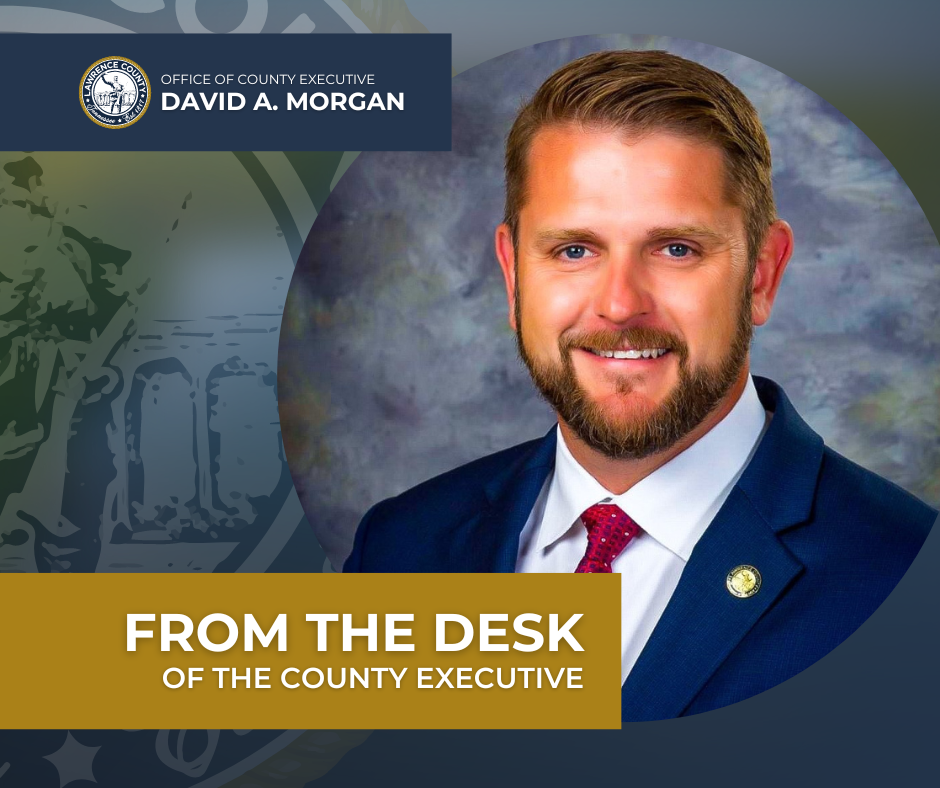I have shared before that I am a first-generation farmer, raising grass-fed organic beef and lamb on acreage near West Point. Hopefully, the operation will be part of my family for years to come.
To make sure our land can support future generations, I use regenerative agriculture practices that feed and protect the soil. Rotational grazing, for instance, moves livestock between areas of pasture to give recently grazed portions time to regrow and the cow “fertilizer” time to become part of the soil.

Rotational grazing, cover crops, and no-till farming are practices farmers across the country use to protect the soil. The need to prevent erosion and nutrient depletion came to the nation’s attention during a disaster that coincided with the Great Depression: the Dust Bowl.
A few years prior to 1930, farmers were encouraged to till the prairie lands of several western states. Extreme drought and wind sent topsoil, freed from the native grasses that kept it in place, as far as the East coast. Bankrupt and starving farm families were forced to leave, becoming part of the migration famously depicted in The Grapes of Wrath.
Lessons from the Dust Bowl brought on the creation of the Soil Conservation Service in 1933. Dr. H.H. Bennett, author of “Soil Erosion: A National Menace,” encouraged Congress to help farmers and ranchers voluntarily put soil conservation practices in place. A model of Soil Conservation District Law was sent to the nation’s Governors in 1939. The main idea was to guide federal conservation programs at a local level. Tennessee adopted it in 1940, and Sumner County became the first Soil and Water Conservation District in the state. Lawrence County followed in 1952 and remains one of nearly 3,000 Soil and Water Conservation District Offices across the country.
In 1994 the Soil Conservation Service, (SCS) name changed to Natural Resources Conservation Service (NRCS), reflecting the agency’s full range of work. Lawrence County’s NRCS is housed in the USDA Service Center on Waterloo Street in Lawrenceburg, along with the Farm Service Agency and Rural Development.
Through the Lawrence County Soil and Water Conservation District, (Lawrence County SWCD), and NRCS, Lawrence County landowners get free technical assistance and can apply for cost-share dollars to install conservation practices that address resource concerns affecting the soil, water, air, plants and animals, plus the human aspect of managing their resources. Including issues with erosion, water quality, forest stand improvement, wetlands, wildlife habitat, and more. In fiscal year 2023, the Lawrence County SWCD and the NCRS provided $630,302 cost-share dollars for 81 Lawrence County projects that involved 18,487 acres.
The Lawrence County SWCD is comprised of 5 local farmers that volunteer their time to guide state and federal funding at a local level and provide technical assistance and outreach to all of Lawrence County. They each serve a three-year term, and meet monthly at the USDA Service Center, on the second Tuesday at 6 pm. Meetings are open to the public; you can call 931.762.6913×3 to find out more about their next scheduled meeting. Currently the Board is comprised of Larry McAnally, Chairman; Steven Long, Vice Chairman; Parkes Richardson, Secretary/Treasurer; and members Kenny Springer and Cameron Benefield.
“The Lawrence County SWCD has tasked me to prioritize assisting landowners on getting conservation on the ground,” said District Technician Donna Garretson. “Our board wants to be of benefit to all agriculture producers and resource managers in Lawrence County while also providing outreach and education.”
Examples of the most recent conservation practices completed in our county include: Cover crop implementation, grazing management, livestock water development, wildlife habitat plantings, and pollinator plantings. Others include:
- Stream Bank Restoration, repairing severely eroded streambanks to reduce sedimentation.
- Prescribed Burning, which eliminates underbrush to keep forests healthy and productive.
- High Tunnels, or Hoop Houses, which are similar to greenhouses, allowing farmers to extend their growing season and produce more food.
- Heavy Use Area Feed Pads, that provide a permanent winter-time feed area to reduce erosion and sedimentation in surface waters and protect the soil structure in pastures.
To learn about upcoming NRCS meetings and events, cost-share programs, and programs for new/beginning, historically underserved, limited resource, and veteran farmers, please call 931.762-6913×3 or check out the Lawrence County TN Soil & Water Conservation District on Facebook.


